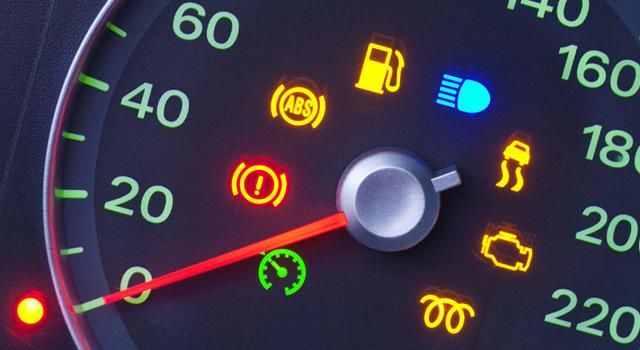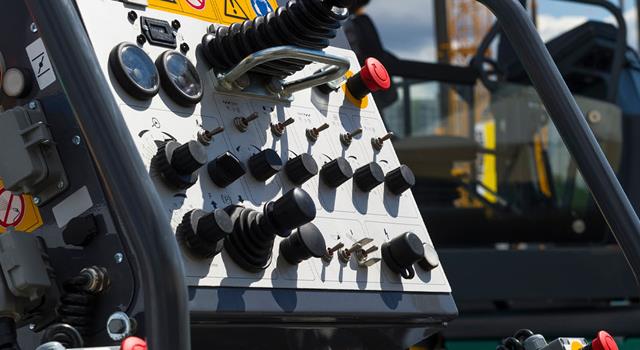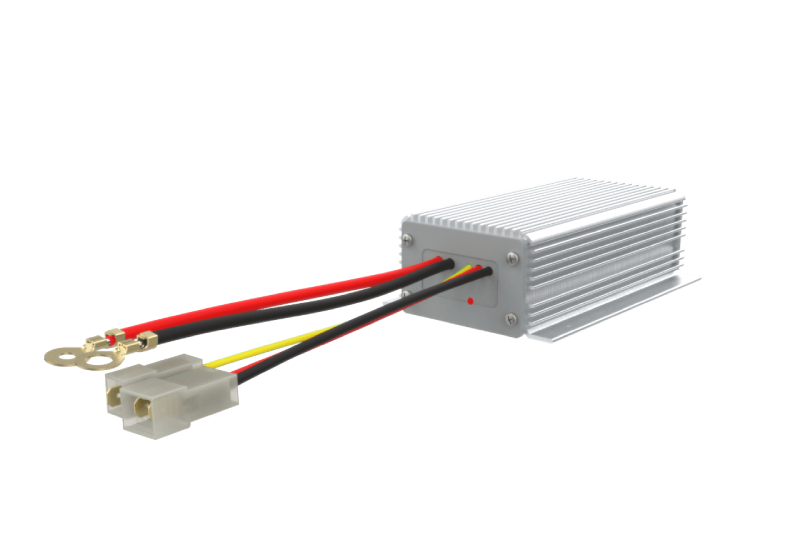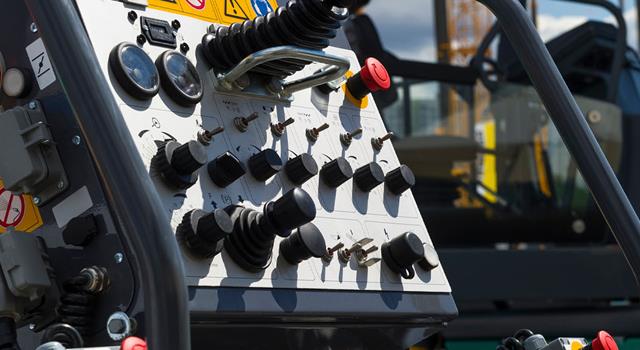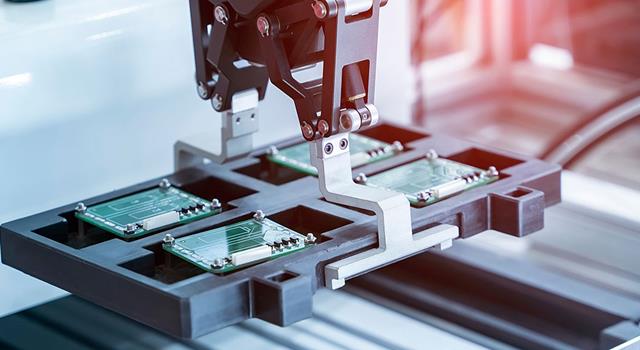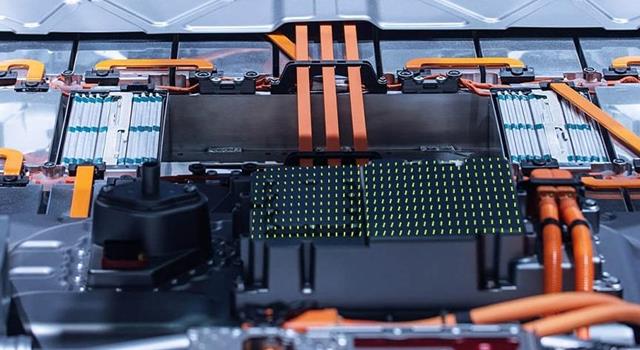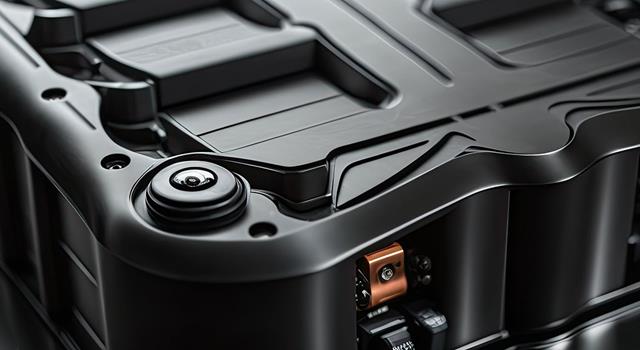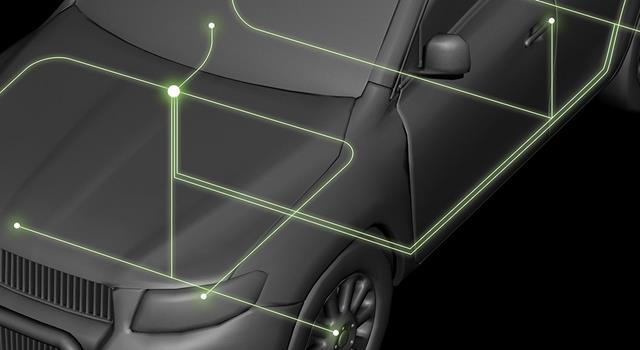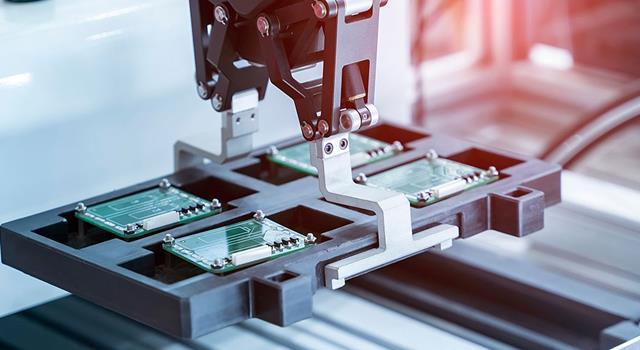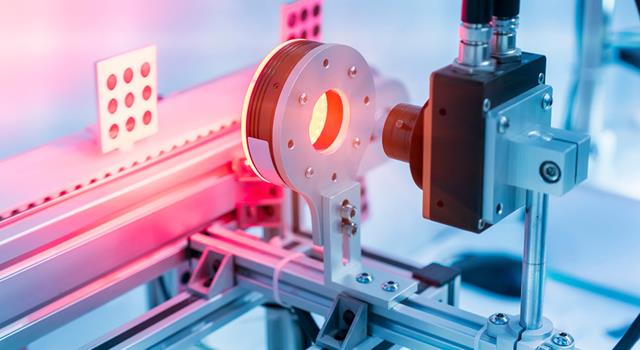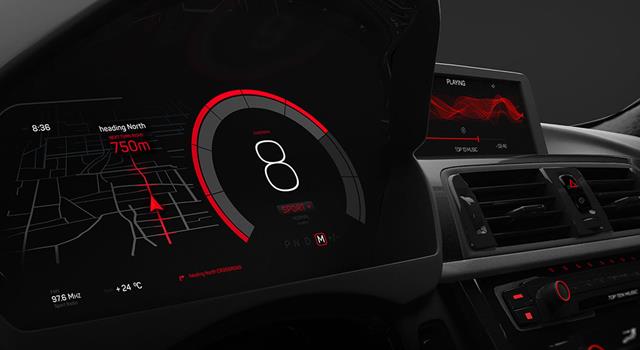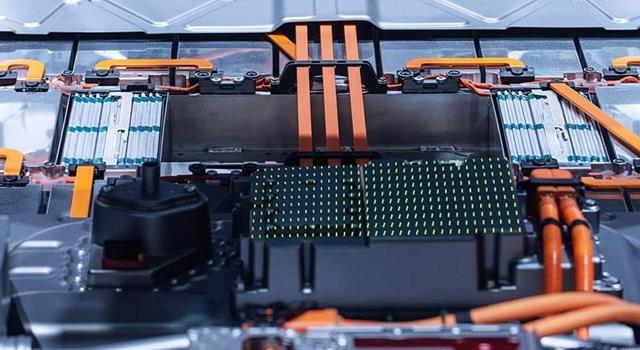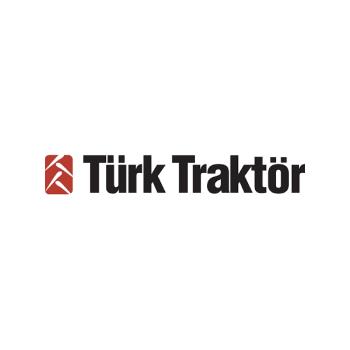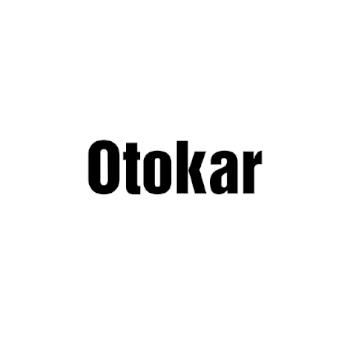In the world of electronics, effective power conversion is crucial for optimizing device performance and energy efficiency. Buck and Boost converters play essential roles in this process, each serving distinct purposes in voltage regulation. This blog post explores the fundamentals, functions, and practical applications of these indispensable components.
Fundamentals of Power Conversion
At its heart, power conversion involves transforming electrical power from one form to another to suit specific requirements. In scenarios where stable voltage is critical—such as in sensitive electronic devices—DC-DC power conversion becomes particularly important. Key concepts like voltage, current, and power efficiency form the basis of understanding how Buck and Boost converters operate.
Diving into Buck Converters
Buck Converters, or step-down converters, are designed to decrease input voltage to a lower, stable output voltage with minimal power loss. They typically consist of an inductor, capacitor, diode, and a switch (often a transistor). In operation, the switch periodically connects the inductor to the input voltage, storing energy, which is then released to the output at a reduced voltage when the switch is off. This efficient conversion is especially beneficial in battery-powered applications where extending operational life is critical.
Exploring Boost Converters
In contrast, Boost Converters work to increase the input voltage to a higher output voltage. Similar to Buck Converters, they utilize an inductor, diode, capacitor, and a switch. However, in Boost Converters, the switch's closure allows energy to build up in the inductor, and when the switch opens, this energy is directed to the capacitor, effectively boosting the output voltage. These converters are indispensable in applications like LED lighting and portable battery chargers that require a higher voltage than what the battery can supply directly.
Comparative Analysis: Buck vs. Boost Converters
While Buck and Boost converters share similar component arrangements and the principle of switched-mode power conversion, they cater to different needs. Buck Converters are more efficient for applications that require stepping down a voltage, making them ideal for situations where battery life conservation is necessary. This is because they can maintain a high efficiency over a range of input voltages and load conditions, typically minimizing energy loss during the conversion process.
On the other hand, Boost Converters are suited for applications needing to elevate a lower voltage source to a higher one. They are particularly valuable in scenarios where the supply voltage needs to be increased to meet the operational requirements of specific components or systems, such as running LEDs, small motors, or sensor circuits that require a higher voltage level than what the power source can provide.
Furthermore, the choice between these two converters also depends on the complexity of the desired voltage regulation and the dynamics of the power supply. Buck converters, with their ability to efficiently reduce voltage, are commonly used in portable devices, automotive applications, and telecommunications equipment where power efficiency translates directly into extended battery life and reduced heat generation.
Boost converters, meanwhile, are indispensable in renewable energy applications, such as solar-powered systems, where they can step up the variable output voltage of a solar panel to match the charging requirements of a storage battery. They are also used in applications where only a small package size is available for the power component, demanding that the converter not only boosts the voltage but also conserves space.
In essence, the selection between Buck and Boost converters should be guided by the specific voltage requirements of the application, the nature of the power supply, and the efficiency needs of the system. Each type of converter brings unique benefits to the table, and understanding their specific advantages is crucial for optimizing power management in electronic designs.
Choosing the Right Converter
The selection between Buck and Boost Converters should be guided by specific application needs—considering factors such as the required output voltage relative to the input, efficiency demands, and physical space constraints. For instance, a device needing a 5V output from a 12V source would best be served by a Buck Converter, whereas a Boost Converter would be the choice for boosting 3V from batteries to power a 5V circuit.
Detailed Look at Converter Circuits in DC to DC Converters
The converter circuit in DC to DC converters is central to managing how power is converted and regulated within electronic devices. This circuit cleverly manipulates the magnetic field created by its inductor components to efficiently transfer energy, regardless of whether the application requires a buck or a boost in voltage. The precise control of the magnetic field is essential for maintaining the stability and efficiency of the power supply.
Regulating Supply Voltage in Electronic Devices
In any power conversion scenario, regulating the supply voltage to ensure it meets the needs of specific applications is crucial. DC to DC converters excel in this regard, providing the necessary adjustments to the voltage across the load. This regulation is pivotal in maintaining device performance, especially in systems where the power supply can experience fluctuations that potentially impact operational stability.
Power Supply Considerations
The robustness of the power supply within these converters plays a critical role. In applications involving a negative supply, where the voltage may need to be inverted or significantly altered, the design of both buck and boost converters ensures that the voltage across the load is consistently managed without jeopardizing the device's functionality. This feature is particularly valuable in complex electronic systems where precise voltage control is essential for reliability and performance.
Application-Specific Insights
Whether stepping down or stepping up the voltage, the choice between buck and boost converters often depends on the specific demands of the application. For instance, when a negative supply is needed, or when the voltage across the load must be carefully controlled to prevent damage or inefficiency, selecting the right type of converter circuit becomes paramount. These considerations ensure that each application maintains optimal electrical performance, with the power supply tailored to meet varying operational demands effectively.
Conclusion
Buck and Boost Converters are fundamental to modern electronics, enabling efficient and tailored voltage regulation across a myriad of applications. Their understanding not only aids in selecting the right type for a given need but also enhances the design and functionality of electronic devices, ensuring optimal performance and energy usage. Whether stepping down for efficiency or boosting for increased power, these converters are key to advanced electronic design and power management strategies.
FAQ
What is the major difference between a buck and a boost converter?
The major difference lies in their functionality. A buck converter reduces the input voltage to a lower output voltage, making it a step-down converter. Conversely, a boost converter increases the input voltage to a higher output voltage, serving as a step-up converter.
Is a buck converter more efficient than a boost converter?
Generally, buck converters are considered more efficient than boost converters. This is because buck converters typically have simpler designs with fewer components under stress, leading to less energy loss during voltage conversion.
Can you use a buck converter as a boost converter?
No, buck converters and boost converters are designed for specific tasks. A buck converter cannot be used as a boost converter because it is specifically designed to step down the voltage. Each converter type uses a different arrangement of components to achieve its voltage conversion.
When to use a buck converter?
Use a buck converter when you need to reduce the voltage from a higher input voltage to a lower output voltage. This is commonly required in battery-operated devices where extending battery life is essential, and in systems that need to efficiently power low-voltage circuits from a higher voltage source.
What are the advantages of a buck-boost converter over a boost converter?
A buck-boost converter offers more flexibility than a standard boost converter as it can handle input voltages that are both higher and lower than the required output voltage. This makes it ideal for applications where the input voltage can vary significantly, needing both stepping up and stepping down of the voltage to maintain a stable output voltage. This dual functionality reduces the need for multiple converters and simplifies the power supply design.

